Buy or gift a stand-alone digital subscription and get unlimited access to dozens of back issues for just £18.99 / $18.99 a year.
Please register at www.exacteditions.com/digital/cornucopia with your subscriber account number or contact subscriptions@cornucopia.net
Buy a digital subscription Go to the Digital EditionThe heights of Inkerman were the scene of one of the most important battles in the Crimean War, and a disastrous setback for the Russian defenders of Sevastopol. They take their name from a cave city-turned-monastery overlooking the mouth of the Chorna River (Çorğun in Tatar) and an inlet of the Sevastopol (In Turkish in means cave – as in İnönü, the scene of another famous battle, and kerman means city or citadel in Turkish).
The Monastery of St Clement supposedly dates back to the 1st century, and the cave churches carved out of the rock face date back to at least the 8th century – they are among the oldest churches in the Russian Orthodox world. An internal staircase leads up to the 15th-century clifftop fortress on the cliff built by the Theodoran kingdom of Mangup Kale. A holy well bubbled all the way up to the fortress until it was interrupted by blasting at a nearby quarry – there is still a lake full of pristine holy water on the plateau.
After Catherine the Great made her famous triumphal visit to Bahçesaray in May 1783, Potemkin led her to the Heights of Inkerman. It was there that he unveiled his new Black Sea fleet, moored in the inlet of Sevastopol. At a signal twenty new battleships, built in just under two years, fired a salvo by way of salute. The French Ambassador, Louis Philippe, Come de Ségur, remarked: “Madam, by creating Sebastopol, you have finished in the South what Peter the Great began in the north.’
Today Inkerman is a peaceful vinegrowing valley, with a very old fashioned railway passing through the garden of the monastery, but its moment of gory glory was a foggy da in November, 1854, when the Russians spurred on by the Tsar and against the advice of his generals made a last attempt to avert the prolonged Siege of Sevastopol. Some 8,500 British and 7,500 French troops, under Lord Raglan and General Canrobert, faced 42,000 Russians commanded by Prince Menshikov. The fog was so dense and the chaos so complete that generals in fact had very little part in the affair: it was famously a soldier’s battle.
In the end the British and French held the day: the imperial army withdrew. ‘There was according to one historian, no final charge, no victorious advance: the Russians simply ‘seemed to melt from the lost field’. It was, according to Algernon Percy, in his article ‘Into the Mouth of Hell’, in Cornucopia 49, ‘one of the hardest fought clashes of arms in the 19th century’. The tale is told in moving detail through the letters of those who took part by Algernon Percy in his book A Bearskin’s Crimea and in Orlando Figes’ Crimea: The Last Crusade.


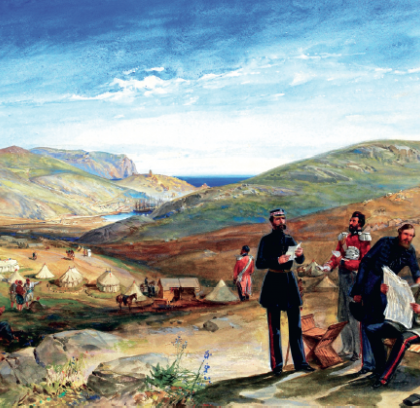
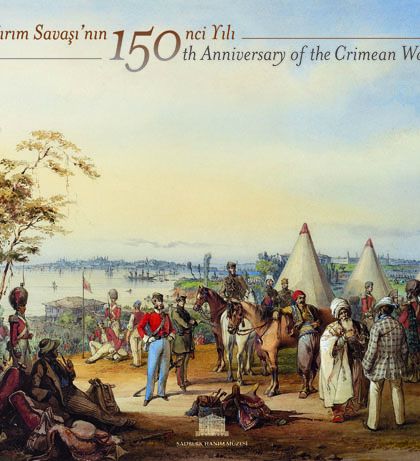
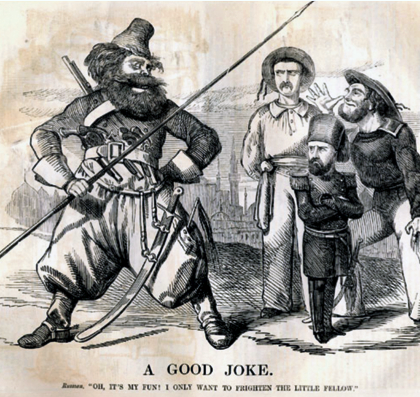
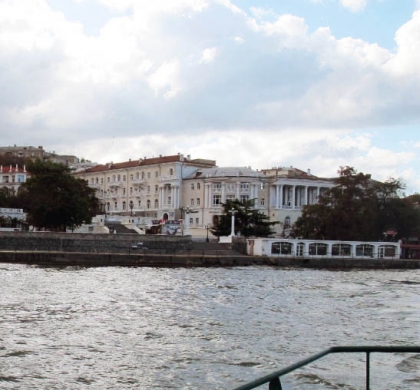
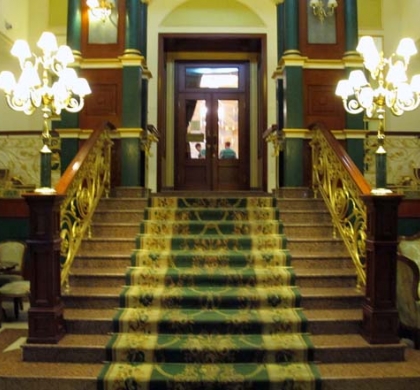
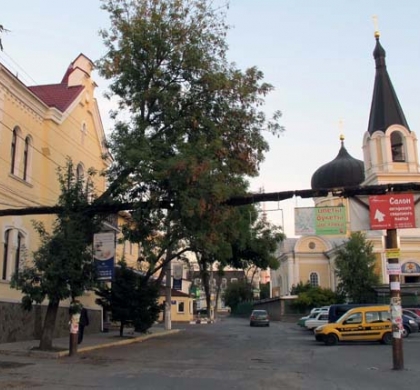
 Issue 66, December 2023
Turkey’s Centenary Issue
Issue 66, December 2023
Turkey’s Centenary Issue
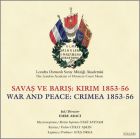
The London Academy of Ottoman Court Music, with Emre Araci
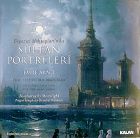
The Prague Symphony Chamber Orchestra with Cihat Askin, violin. Directed by Emre Araci and produced by Ateş Orga

Cornucopia works in partnership with the digital publishing platform Exact Editions to offer individual and institutional subscribers unlimited access to a searchable archive of fascinating back issues and every newly published issue. The digital edition of Cornucopia is available cross-platform on web, iOS and Android and offers a comprehensive search function, allowing the title’s cultural content to be delved into at the touch of a button.
Digital Subscription: £18.99 / $18.99 (1 year)
Subscribe now